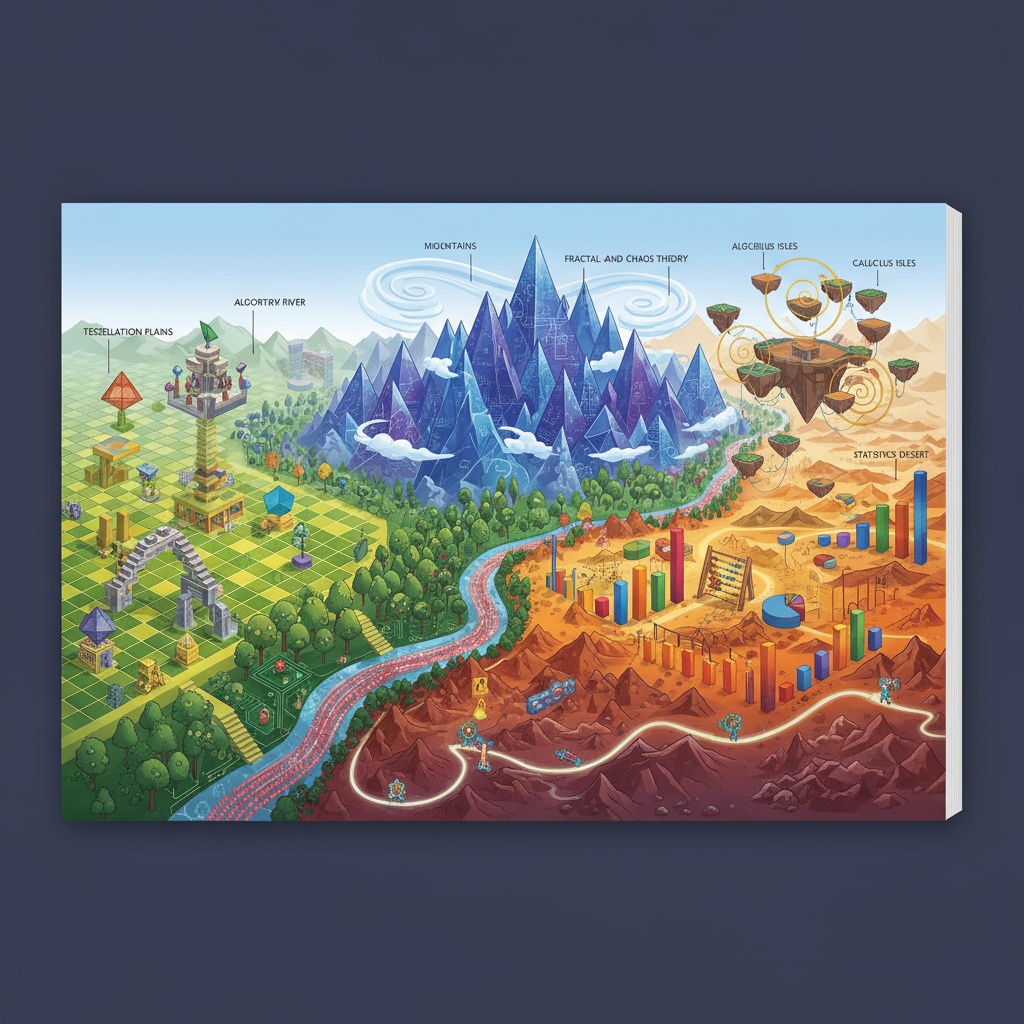Math educational games, gamified learning, and procedurally generated worlds are at the forefront of a new era in K12 math education. The “Math Explorers” game prototype is a shining example of how these elements can be combined to create an engaging and effective learning experience.
The Rise of Gamified Math Learning
In recent years, gamified learning has emerged as a powerful tool in education. By integrating game elements such as points, levels, and rewards into the learning process, it makes learning more enjoyable and motivating for students. For example, students are more likely to engage with math problems when they are presented in a game context. According to this EdSurge article on gamification in STEM education, gamified learning can increase student participation and improve learning outcomes.

Procedurally Generated Worlds in Math Education
Procedurally generated worlds add an extra layer of excitement to math educational games. These worlds are created algorithmically, providing endless variations and challenges. In “Math Explorers,” for instance, students navigate through a procedurally generated landscape where they encounter different math problems at every turn. This not only keeps the gameplay fresh but also exposes students to a wide range of mathematical concepts. As explained on Wikipedia’s page on procedural generation, procedural generation can be used to create dynamic and evolving learning environments.

The “Math Explorers” game prototype takes these concepts even further. It combines exploration, challenges, and character growth to immerse students in a rich math learning experience. Students can explore new areas of the game world, complete challenging math tasks, and level up their characters as they progress. This holistic approach not only helps students master math skills but also fosters problem-solving and critical thinking abilities.
Readability guidance: By using short paragraphs and lists, we can clearly present the key points. For example, in each section, we list the main benefits and features. We also control the use of passive语态 and long sentences, and add transition words like “however,” “therefore,” and “in addition” to make the flow of the article smoother.


